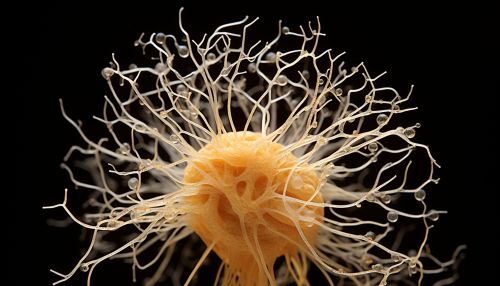Oligodendrocytes
Introduction
Oligodendrocytes are a type of glial cell that are found in the central nervous system (CNS) of vertebrates. They are responsible for the formation and maintenance of myelin sheaths, which are critical for the efficient transmission of nerve impulses.
Structure and Function
Oligodendrocytes are small cells with a few branching processes. Each process extends to a nearby axon, where it wraps around the axon to form a myelin sheath. The myelin sheath acts as an insulator, preventing electrical signals from leaking out of the axon and increasing the speed of signal transmission.


Development
Oligodendrocytes are derived from oligodendrocyte progenitor cells (OPCs), which are present in all areas of the CNS. OPCs proliferate and differentiate into mature oligodendrocytes under the influence of several growth factors and signaling molecules.
Role in Disease
Oligodendrocytes and myelin are targets in several neurological diseases, including multiple sclerosis (MS), neuromyelitis optica, and some forms of stroke. In these diseases, the myelin sheath is damaged or destroyed, leading to a loss of nerve function.
Research Directions
Current research on oligodendrocytes is focused on understanding their development and function, as well as their role in disease. This research may lead to new treatments for diseases that affect myelin.
